‘Not survivable’: Hegseth says DoD reviewing E-7 Wedgetail program amid move to space
Pentagon budget request documents obtained by Breaking Defense show continued R&D investment, but procurement dollars appear to dry up.


Royal Australian Air Force Leading aircraftman Peter Ellis gives the thumbs up that the E-7A Wedgetail airborne early warning and control aircraft is ready for a sortie during Red Flag-Alaska 19-3 at Joint Base Elmendorf-Richardson, Alaska, Aug. 9, 2019. (U.S. Air Force photo by 2nd Lt. Mark Goss)
WASHINGTON — Defense Secretary Pete Hegseth cast doubt on the future of the E-7 Wedgetail today, suggesting to lawmakers that the Pentagon is looking to space-based assets to take over the mission of tracking aerial targets.
The secretary’s comments come as budget documents obtained by Breaking Defense indicate the Air Force has requested nearly $200 million for research and development for the Wedgetail program for fiscal year 2026, but apparently no new procurement funds.
During a hearing on Capitol Hill, Hegseth said in response to questions from House Appropriations Committee Chairman Rep. Tom Cole that the E-7 is an “example” of a platform that is “not survivable in the modern battlefield.” While the Pentagon is “going to fund existing platforms that are there more robustly and make sure they’re modernized,” Hegseth said that “a great deal of ISR [intelligence, surveillance and reconnaissance] in the future will be space-based.
“And not in a scientific, space-based, ‘we hope we’ll get there,’ but in a ‘we’re funding capabilities that will surpass some of those airborne capabilities,’” he continued. “So we’re willing to continue to review things like the E-7, but from our view, investments in existing systems that carry forward that capability, alongside even bigger investments in space based ISR gives us the kind of advantages we need on a future battlefield.”
Hegseth didn’t detail the Pentagon’s exact plans for the Wedgetail, such as how many planes would be acquired or how soon space-based capabilities would be ready. Boeing, which builds the E-7, referred a request for comment to the Air Force. An Air Force spokesperson said further details would not be available until the FY26 budget is publicly released.
Nevertheless, it appears the program will continue in some form in the upcoming fiscal year. According to Pentagon RDT&E spending plans previously obtained by Breaking Defense, the Air Force is requesting $199.7 million to invest in the development of the aircraft in FY26, about $400 million less than what officials spent in FY25.
But the service does not appear to be requesting any new procurement dollars for the program, according to a Pentagon budget proposal, obtained by Breaking Defense today, which has been sent to lawmakers but may not be the final version. While the Air Force technically plans to spend $200 million in procurement in FY26, the document shows that the service will plan to use advanced procurement dollars that were appropriated in FY25.
Envisioned to replace the Air Force’s aging E-3 Sentry, the Air Force intends for the Wedgetail to perform what’s known as airborne early warning and control (AEW&C), combining the tracking of airborne targets with battlefield management into a single platform. Officials placed Boeing on contract for two rapid prototype E-7s last year after protracted negotiations, which called for delivering the two jets by FY28. The Air Force originally planned to buy as many as 26 Wedgetails.
The jet’s future has recently been in flux. In April, the Air Force released a request for information eyeing potential “advanced” upgrades for the aircraft, including the possibility of a new radar. And then press reports in May revealed that the program faced cancellation amid a shakeup under the Trump administration, where opponents of the effort asserted that space-based assets can better track airborne targets, a role known as air-moving target indication (AMTI).
NORTHCOM Commander Air Force Gen. Gregory Guillot at a May 13 hearing of the Senate Armed Services Committee said that the Pentagon already has begun testing sensors for tracking airborne targets on board satellites — a statement confirmed two days later by Lt. Gen. Shawn Bratton, Space Force deputy for strategy, plans, programs and requirements.
Neither Bratton or Guillot provided any details on the AMTI prototype birds, and spokespersons for NORTHCOM, the Space Force and the Air Force also largely declined to elaborate. A NORTHCOM spokesperson only said that a number of companies are undertaking research. A Space Force spokesperson said in a statement to Breaking Defense that the service “has been involved in conceptual studies and analysis to explore potential proliferated SB [space-based]-AMTI constellations providing global coverage to detect and track subsonic air-breathing targets.”
Further, a spokesperson for the Air Force Research Laboratory (AFRL) told Breaking Defense on May 19 that while the lab only does “early-stage research and technology development,” it does have partnerships with commercial companies “to advance key capabilities that will be essential for programs like Golden Dome,” including in areas such as “advanced sensors, resilient communications links, AI and data fusion, manufacturing technology, and battle management command and control, and weapons.”
Bratton and other senior Space Force leaders, including Chief of Space Operations Gen. Chance Saltzman, have repeatedly indicated that while space may be part of the solution for tracking airborne targets, it also may not be the only solution. Instead, they have predicted that a “multilayered” approach using different types of assets would be necessary.
There are additionally a number of technical difficulties in doing the job from space, including the need for satellites to discriminate fast-moving targets through cloud cover while they themselves are quickly orbiting the earth.
Technology considerations aside, the E-7’s destiny will also be influenced by politics. For one, its E-3 predecessor is currently based at Tinker Air Force Base in Oklahoma, which lies within Cole’s district. (The chairman acknowledged his “parochial” but “legitimate interest” during the hearing.) Cole’s committee has already revealed it would invest $500 million in the Wedgetail’s development in FY26, according to a summary released on Monday.
“I think that’s a fair point,” Cole said in response to Hegseth’s comments on the E-7. Noting he’s seen cases where the Pentagon has “waste[d] a ton of money,” however, Cole added that “we’ve got a platform here that works,” referring to the E-7.
“Space is great. It’s unknown. It’s undeveloped,” he said. “And I would just urge you to look at this pretty carefully as you make the decision. We certainly will as a committee.”





































































































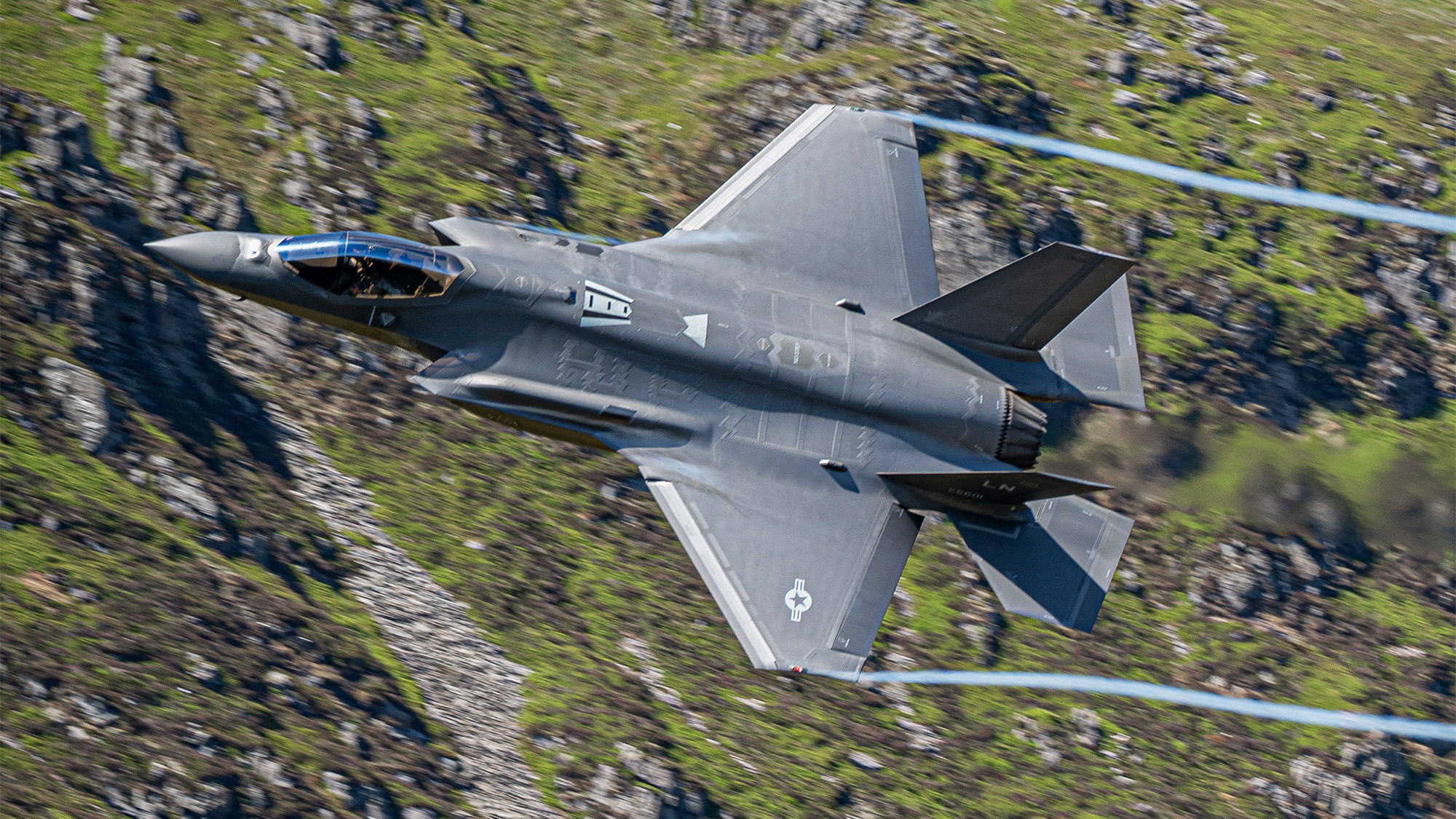
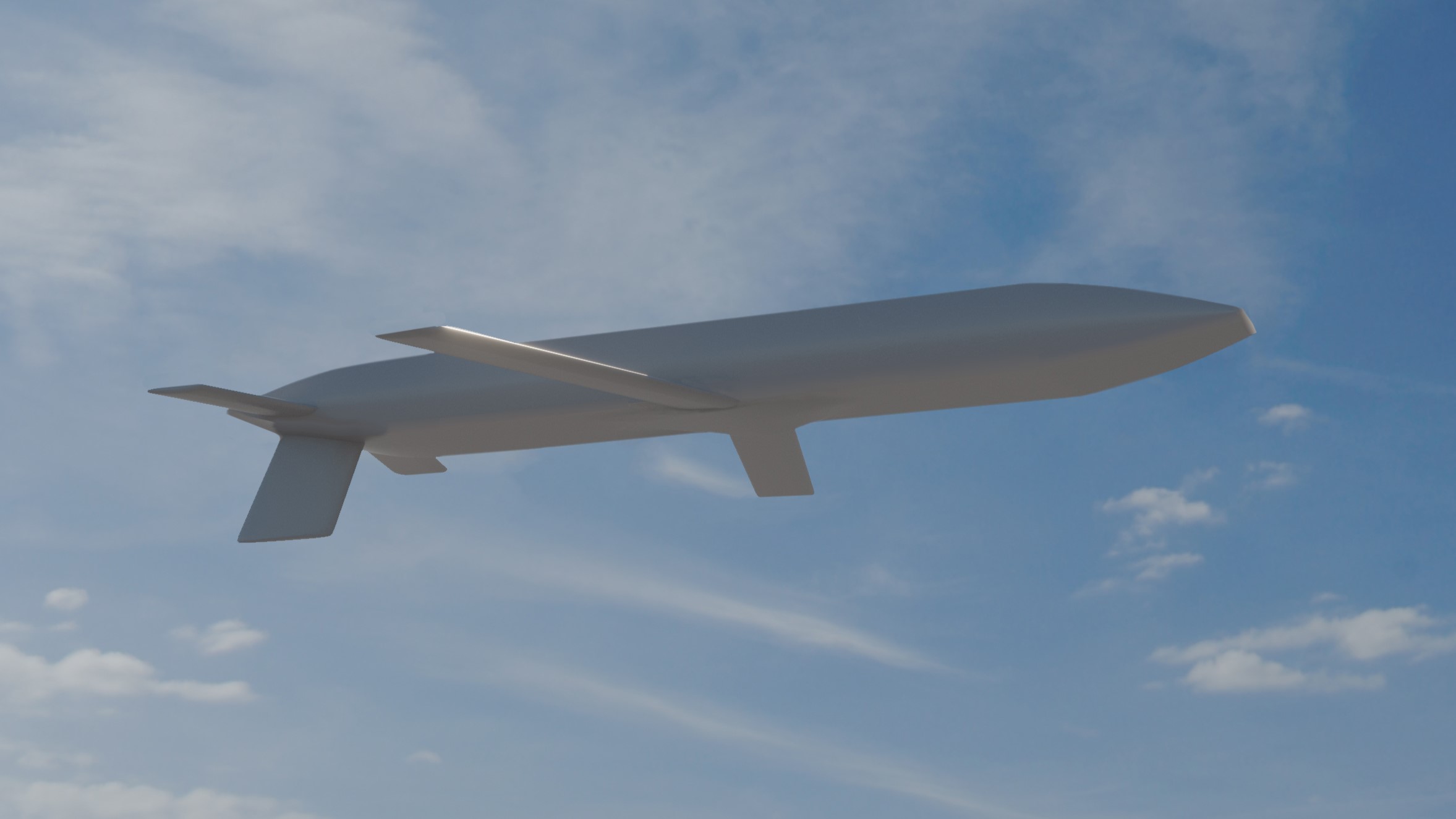
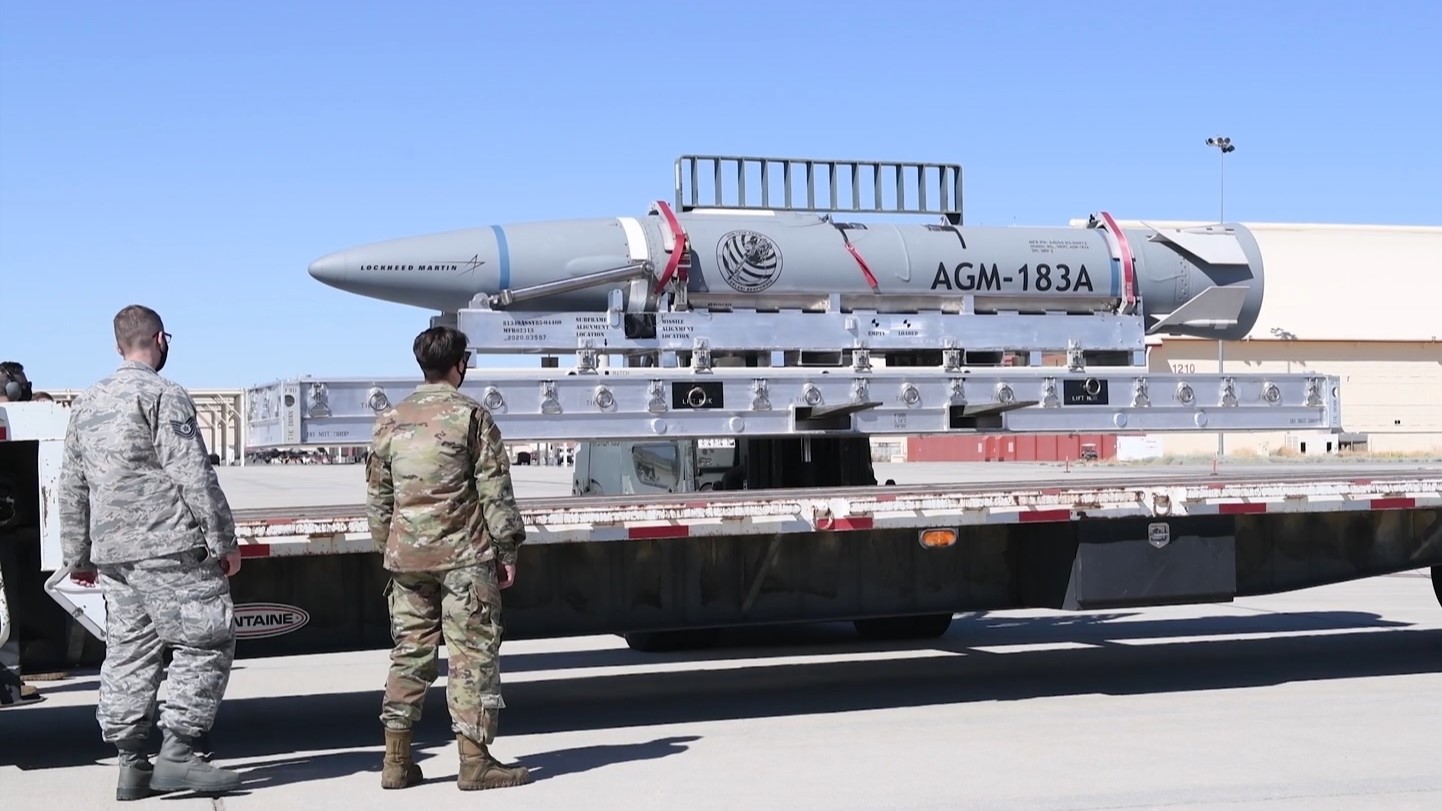
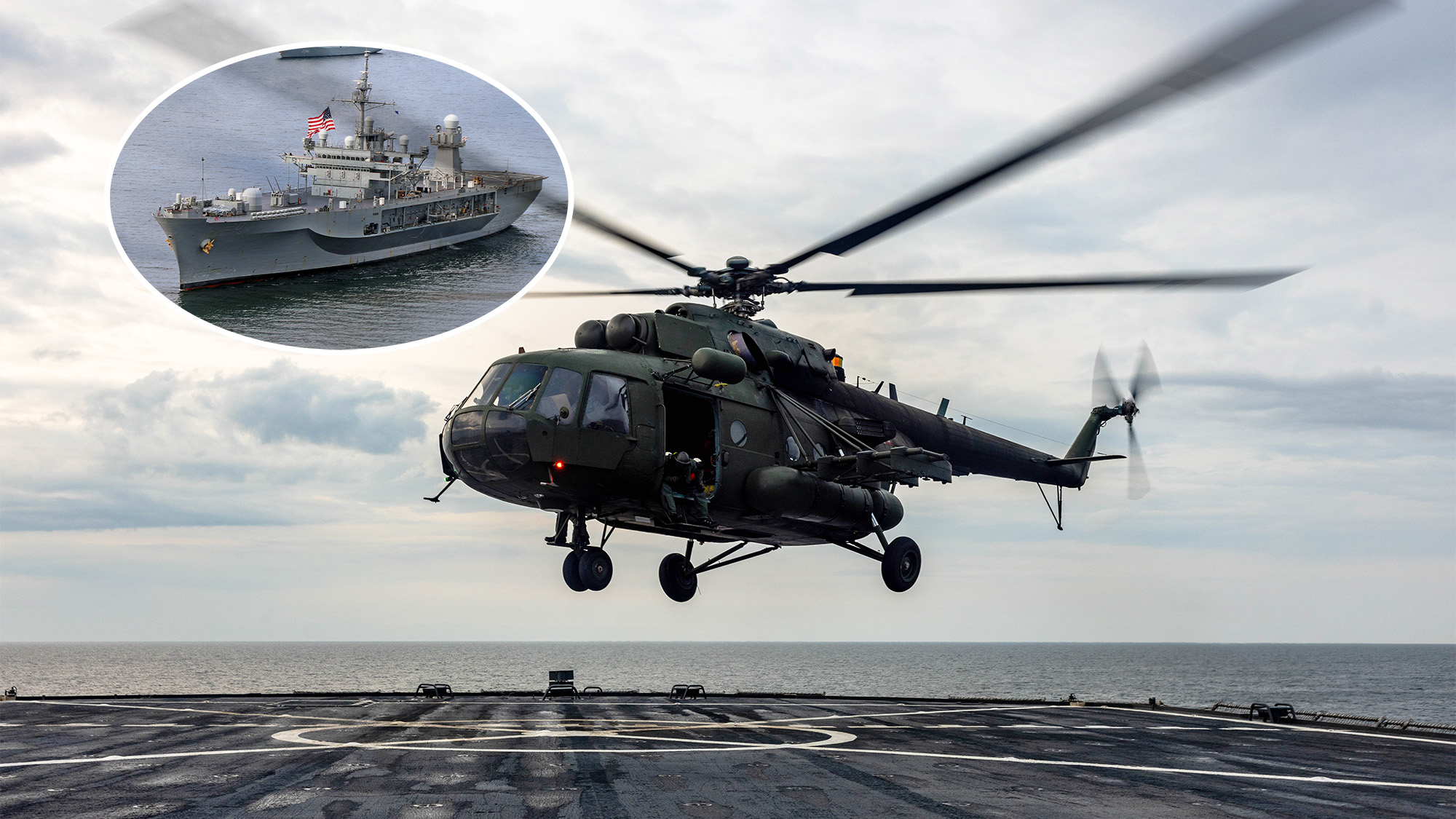























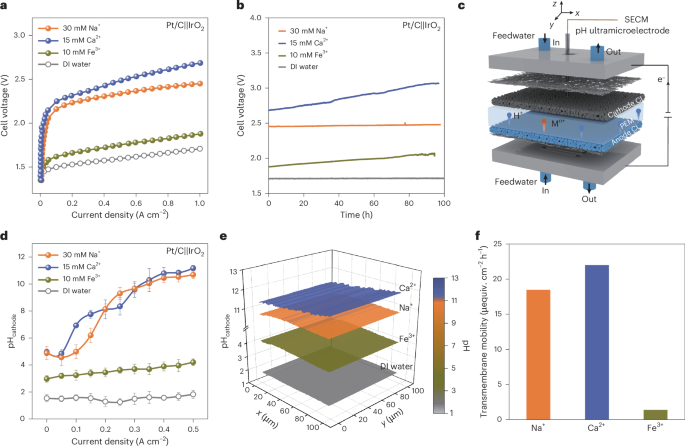
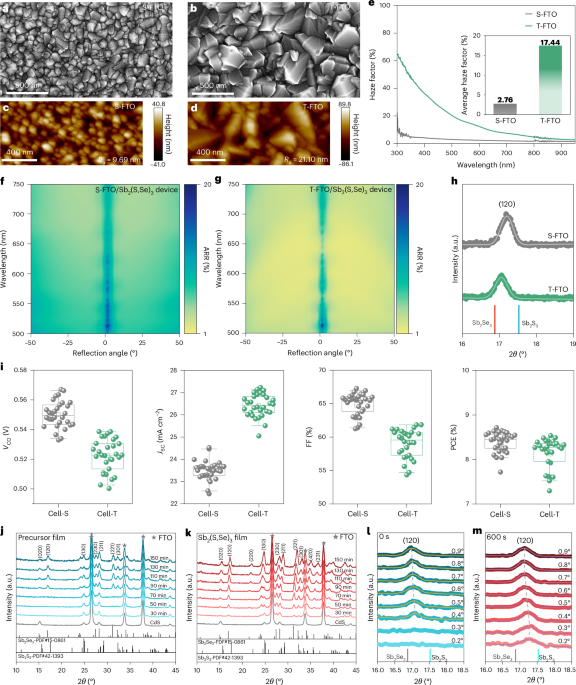














![The F-35’s future: What new weapons, systems are coming to the stealth fighter? [Video]](https://breakingdefense.com/wp-content/uploads/sites/3/2024/09/8603513-scaled-e1725629281248.jpg?#)



